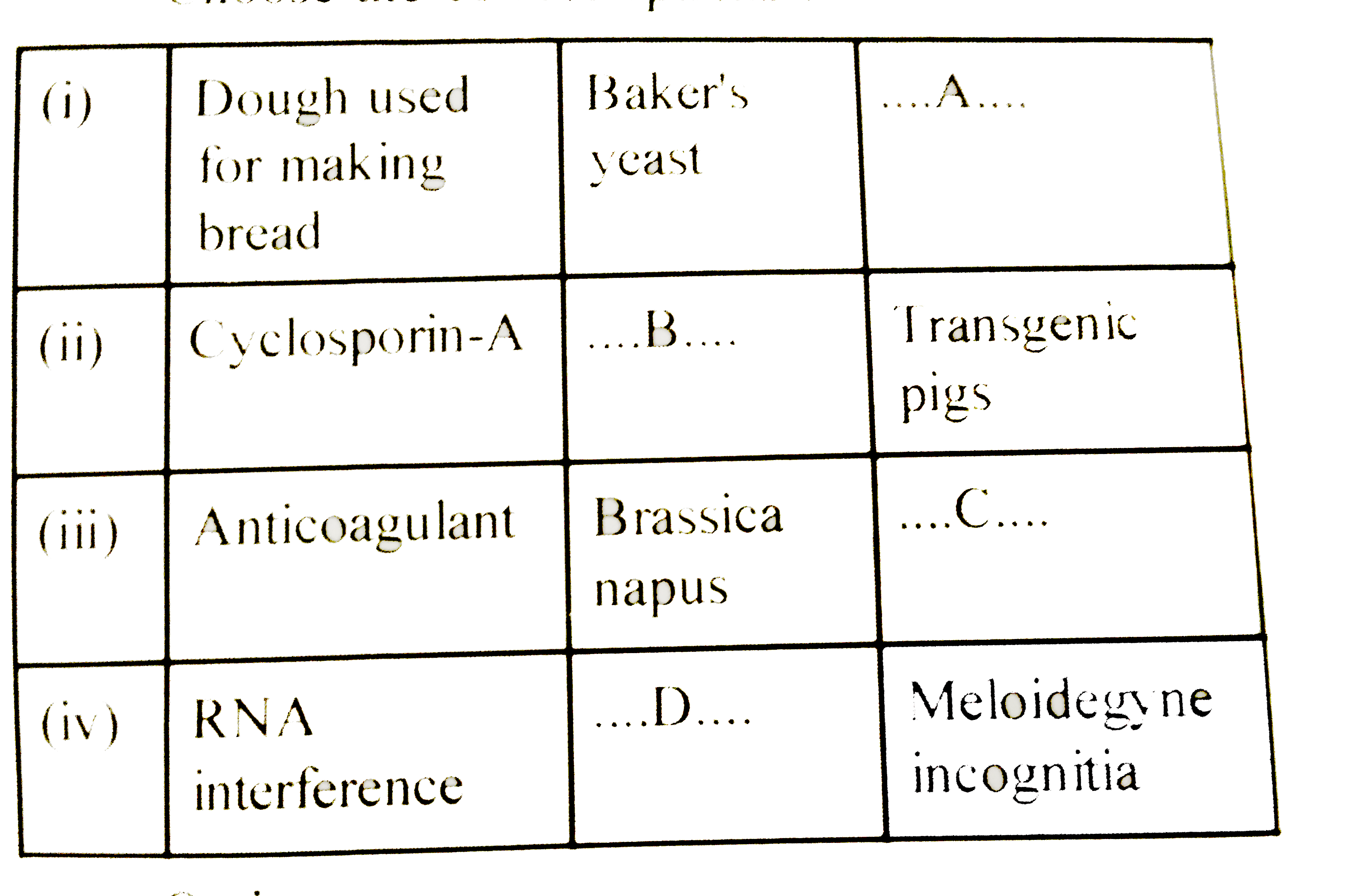Considering the graph of 1s , choose the correct option:
Ψ is zero whenr cancel(=) 0
Ψ is maximum when r cancel(=) 0
maxima is at surface
Ψ have negative sign
The correct Answer is:3
To solve the question regarding the graph of the 1s orbital, we will analyze the given options step by step.
1. Understanding the Graph of 1s Orbital:
- The graph of the 1s orbital represents the wave function (psi, ψ) as a function of the radial distance (r) from the nucleus.
- The x-axis represents the radial distance (r), and the y-axis represents the wave function (ψ).
2. Analyzing the First Option:
- Option: "ψ is 0 when r is not equal to 0."
- Analysis: As r approaches infinity, ψ tends to zero. However, ψ is not zero for all values of r except at infinity. Therefore, this statement is misleading. The correct interpretation is that ψ is not zero at all points except at infinity.
- Conclusion: This option is incorrect.
3. Analyzing the Second Option:
- Option: "ψ is maximum when r is not equal to 0."
- Analysis: The maximum value of ψ occurs at r = 0, not when r is not equal to 0. As r increases, ψ decreases and approaches zero as r approaches infinity.
- Conclusion: This option is incorrect.
4. Analyzing the Third Option:
- Option: "Maxima is at surface."
- Analysis: The maximum value of ψ occurs at the center (r = 0), not at the surface. The surface refers to larger values of r where ψ is not at its maximum.
- Conclusion: This option is incorrect.
5. Analyzing the Fourth Option:
- Option: "ψ has a negative sign."
- Analysis: The wave function ψ for the 1s orbital is positive for all values of r (except at infinity). Therefore, this statement is also incorrect.
- Conclusion: This option is incorrect.
Final Conclusion:
- The only correct option is that ψ is zero when r approaches infinity (not when r is not equal to zero). All other options are incorrect.
Correct Answer:
- The correct option is: None of the options provided are correct.
- The graph of the 1s orbital represents the wave function (psi, ψ) as a function of the radial distance (r) from the nucleus.
- The x-axis represents the radial distance (r), and the y-axis represents the wave function (ψ).
- Option: "ψ is 0 when r is not equal to 0."
- Analysis: As r approaches infinity, ψ tends to zero. However, ψ is not zero for all values of r except at infinity. Therefore, this statement is misleading. The correct interpretation is that ψ is not zero at all points except at infinity.
- Conclusion: This option is incorrect.
- Option: "ψ is maximum when r is not equal to 0."
- Analysis: The maximum value of ψ occurs at r = 0, not when r is not equal to 0. As r increases, ψ decreases and approaches zero as r approaches infinity.
- Conclusion: This option is incorrect.
- Option: "Maxima is at surface."
- Analysis: The maximum value of ψ occurs at the center (r = 0), not at the surface. The surface refers to larger values of r where ψ is not at its maximum.
- Conclusion: This option is incorrect.
- Option: "ψ has a negative sign."
- Analysis: The wave function ψ for the 1s orbital is positive for all values of r (except at infinity). Therefore, this statement is also incorrect.
- Conclusion: This option is incorrect.
- The only correct option is that ψ is zero when r approaches infinity (not when r is not equal to zero). All other options are incorrect.
- The correct option is: None of the options provided are correct.
Topper's Solved these Questions
- STRUCTURE OF ATOM BOOK - AAKASH INSTITUTE ENGLISHCHAPTER - STRUCTURE OF ATOM EXERCISE - ASSIGNMENT ( SECTION -I) Subjective Type Questions
7 Videos
- STRUCTURE OF ATOMBOOK - AAKASH INSTITUTE ENGLISHCHAPTER - STRUCTURE OF ATOMEXERCISE - ASSIGNMENT (SECTION -D) Assertion-Reason Type Questions
15 Videos
- SURFACE CHEMISTRY BOOK - AAKASH INSTITUTE ENGLISHCHAPTER - SURFACE CHEMISTRY EXERCISE - Assignment Section - C (Assertion - Reason type questions)
10 Videos
Similar Questions
Choose the correct options:-

View SolutionChoose the correct options :
View SolutionChoose the correct options
View SolutionChoose the correct options.
View SolutionChoose the correct options.
View SolutionChoose the correct options.
View SolutionChoose the correct options.
View SolutionChoose the correct option(s)
View SolutionChoose the correct option (S)?
View SolutionChoose the incorrect option (s):
View Solution